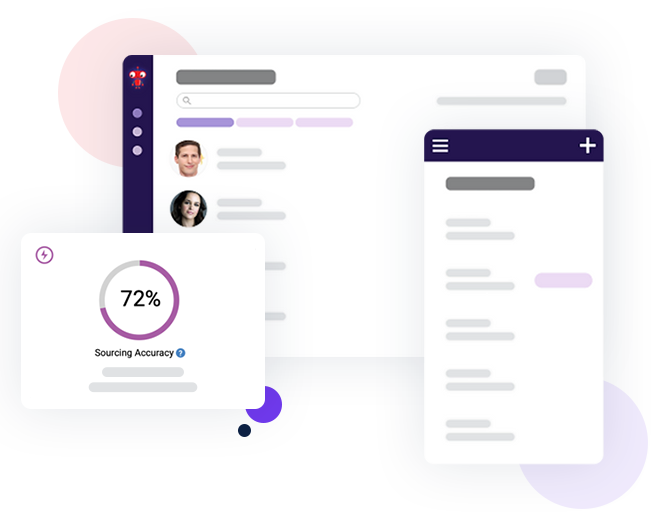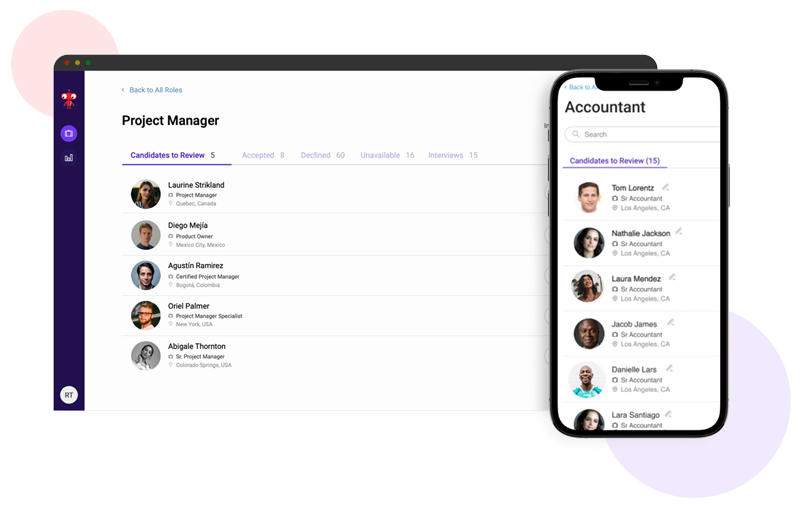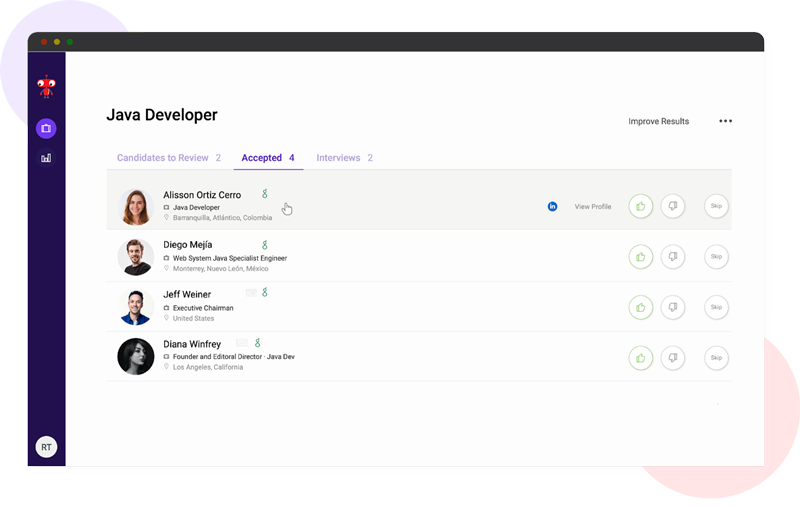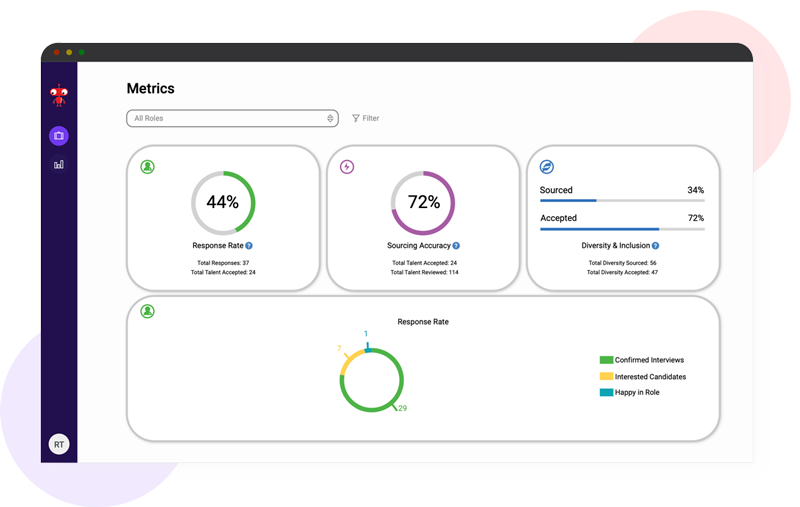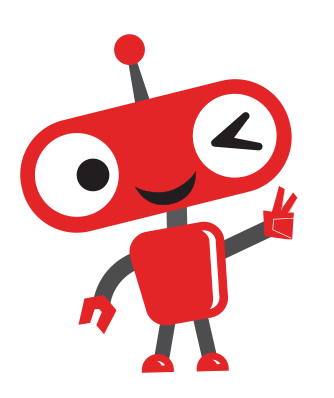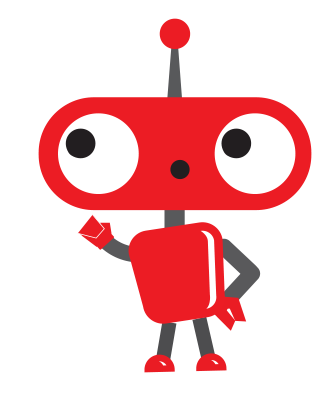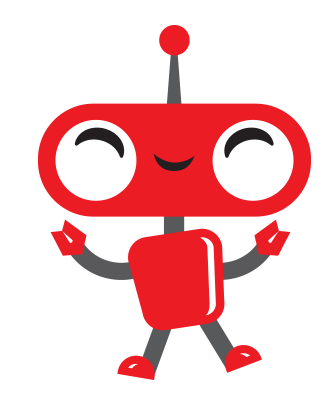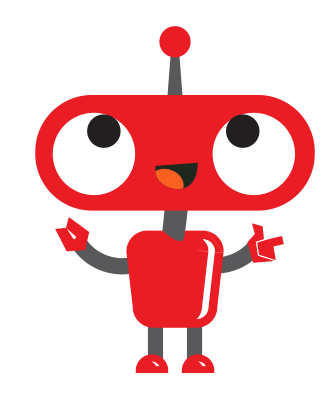By Visage Inc
•
January 11, 2025
Solving Talent Acquisition Challenges in Civil Engineering & AEC Civil engineering is at the heart of modern infrastructure. From designing resilient bridges and highways to developing sustainable water and energy systems, civil engineers play a pivotal role in shaping the built environment. However, the profession is facing an escalating workforce crisis that threatens to slow infrastructure development both in the U.S. and globally. Here’s a deep dive into the state of civil engineering today, why finding experienced engineers is becoming increasingly difficult, and how companies can adapt to secure the talent needed to meet growing infrastructure demands. Challenges in Civil Engineering Talent Acquisition 1. Increasing Demand Across Multiple Sectors Transportation : Roads, bridges, airports, and public transit systems. Water Systems : Irrigation, wastewater treatment, and flood control. Energy : Renewable energy projects like wind and solar farms. Environment : Sustainable construction and environmental remediation. Manufacturing: Advanced manufacturing facilities and industrial automation With heightened interest in infrastructure modernization, particularly under the U.S. presidential administration slated for 2025, demand for civil engineers is set to soar. Initiatives to rebuild roads, modernize manufacturing facilities, and implement stricter building codes will require specialized talent that is already in short supply. 2. Retiring Workforce Baby Boomers, who make up a significant portion of the civil engineering workforce, are retiring in droves. In 2024, an estimated 25% of civil engineers in the U.S. are nearing retirement age according to the US Bureau of Labor Statistics. This trend creates a widening gap in experienced talent that new graduates are unable to fill at the same pace. 3. Shortage of New Graduates Civil engineering is not attracting enough new talent according to CollegeFactual . Between 2021-2023, approximately 3.6% of engineering degrees awarded in the U.S. were in civil engineering—a figure insufficient to offset retirements and meet future demand. As a result, the pipeline of entry-level engineers is shrinking just as the need for large-scale infrastructure projects is ramping up. 4. Passive Candidates with Low Turnover Civil engineers are known for long tenures with their employers, averaging 4.9 years according to the Bureau of Labor Statistics —longer than many other professions. Combined with their low quit rates, this makes experienced civil engineers a predominantly passive talent pool. Most are already employed in stable, well-paying roles and are unlikely to be actively seeking new opportunities. 5. Global Competition Infrastructure is a global priority, with countries worldwide investing heavily in renewable energy, urban development, and transportation upgrades. This international demand adds further competition for top-tier talent. Strategies for Hiring Civil Engineers Given these challenges, traditional recruitment methods such as job boards or reactive hiring are no longer sufficient. Instead, companies must adopt proactive and innovative strategies: 1. Focus on Innovation Highlight opportunities to work on groundbreaking projects, such as smart cities, renewable energy systems, or next-generation manufacturing facilities. Showcase how engineers can leverage cutting-edge technology and challenge industry norms. 2. Embrace Proactive Outreach Leverage AI-powered sourcing tools like Rolebot , specializing in the Civil Engineering and AEC industries, to identify and engage passive candidates. Trusted by some of the best in the business: Salas O’Brien, Dunaway, Psomas, Merrick and Keller Associates. Target engineers with personalized outreach that emphasizes the unique benefits of joining your organization. 3. Build a Strong Employer Brand Promote your organization as a leader in innovation and career development. Leverage platforms like Glassdoor to communicate your company culture and project pipeline. 4. Partner with Universities Develop internship and co-op programs with universities that offer strong civil engineering programs. Provide scholarships or sponsorships to students pursuing civil engineering degrees to encourage more graduates in the field. 5. Offer Competitive Packages Provide attractive salaries, benefits, and career advancement opportunities to entice experienced engineers. Emphasize perks such as flexible work arrangements, training in advanced technologies, and opportunities to manage high-profile projects. 6. Explore New Channels Attend industry-specific events hosted by American Society of Civil Engineers Use community platforms and local outreach to find talent in untapped markets. Looking Ahead The civil engineering workforce is at a critical juncture. The growing gap between demand and supply requires companies to rethink traditional hiring strategies and invest in long-term talent development. By embracing proactive recruitment, leveraging technology, and offering compelling career opportunities, organizations can overcome these challenges and secure the engineers needed to drive the next wave of infrastructure innovation.
